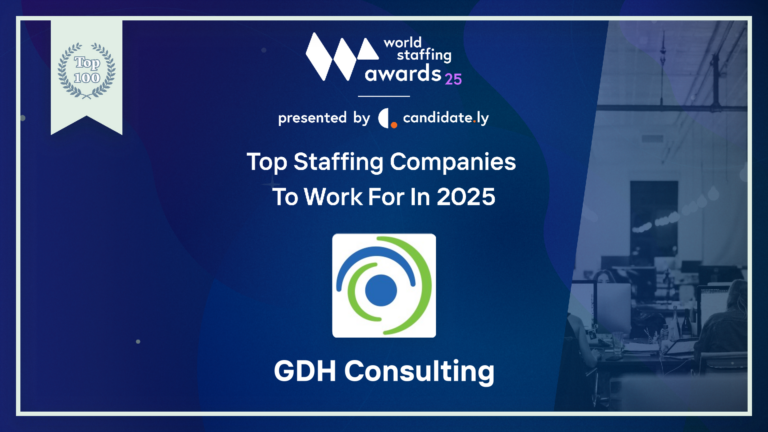Best Strategies for Energy Industry IT Staffing
Various types of energy sources have different production methods, including fossil fuels like oil and gas, gas produced from coal shale (known as fracking), and renewable energy sources like hydroelectricity, wind energy, and solar power.
The energy sector encompasses a wide range of job opportunities, covering various aspects of energy production, distribution, management, and research. Most of these aspects now involve IT, with some positions in every area requiring advanced tech skills.
Most energy jobs are highly skilled, so it can be difficult to find qualified IT workers when needed. Here are some best practices for IT recruiting in the energy sector.
Best Strategies for Energy Industry IT Staffing
1. Define Clear Job Descriptions
Use your posted job description to clearly outline the responsibilities, qualifications, and expectations for the position you want to fill while avoiding jargon and industry-speak that will make job-seekers’ eyes glaze over. Take a unique approach to the job description whenever possible to make it stand out from others.
A well-written job description will attract candidates with the right skill sets and ensure that both parties clearly understand the roles. It can also serve as a pre-screening tool to funnel more appropriate candidates to the hiring team rather than many inappropriate responses.
2. Offer Competitive Compensation Packages
Offering a competitive compensation package is one of the most important things you can do to attract top talent when you hire IT energy staff. This includes salary, benefits, incentives, and opportunities for career advancement.
Top talent knows its worth and will only be enticed to work for less if there is something highly unusual (in a positive way) about the opportunity, so unless you’re that rare company, you will have to pay competitively if you want talented workers.
3. Provide Ongoing Training and Professional Development
Energy careers are generally demanding. When workers are paid a salary rather than an hourly wage, the expectation is to get the job done satisfactorily, whether that happens in 40 hours per week or takes more than that. This means that workers may need more time or resources to invest in their own ongoing professional development.
Companies can invest in their employees’ professional growth by offering training programs, workshops, and opportunities for further education. This keeps their skills up to date and increases employee perception that their company cares about their ongoing development, which can improve retention.

4. Establish Partnerships With Educational Institutions
Companies have a vested interest in discovering the best and brightest new IT energy engineers, managers, and others learning skills for energy careers. A partnership with institutions of higher learning can be your way to find these new workers as they graduate and look to get a job in the industry.
This can be done by establishing internships, co-op programs, and recruitment pipelines that will help you attract young IT talent and provide them with hands-on experience in the industry. Approximately one in four internships lead to a full-time job opportunity, so the chances are you will find talented workers this way.
5. Leverage Online Job Platforms and Professional Networks
Utilize popular job boards, energy industry-specific websites, and professional networking platforms to advertise your IT job openings. LinkedIn, for example, is a valuable resource for connecting with IT professionals in the energy sector.
While in-person networking is great when it can happen, much of today’s networking happens online through social media or specific organization online groups where people share information and meet colleagues and peers.
6. Develop a Strong Employer Brand
Showcase your organization’s mission, values, and positive work culture to attract top IT energy talent. Highlight unique benefits or opportunities that set your company apart from others in the industry. One big draw in the energy sector is the emphasis on clean or renewable energy sources, even in the oil and gas industries.
These should be prominently featured on your website and social media pages, and in print materials used to recruit workers. Consider having a separate website and social media presence for recruiting to maximize your impact on job seekers.
7. Implement Effective Talent Management Practices
Develop talent management strategies like succession planning, performance evaluations, and mentoring programs to identify high-potential employees and provide them with growth opportunities. Between clean energy initiatives and growth in developing nations, energy is still a growing sector. That growth mindset should permeate your talent management for maximum benefit.
Recruitment practices may vary depending on the specific segment of the energy sector and regional factors. Adapting these practices to align with your organization’s needs and the talent market you operate in is important.
GDH can provide expertise for those struggling to hire and retain workers in the energy sector. Workforce solutions made easy is our specialty.








